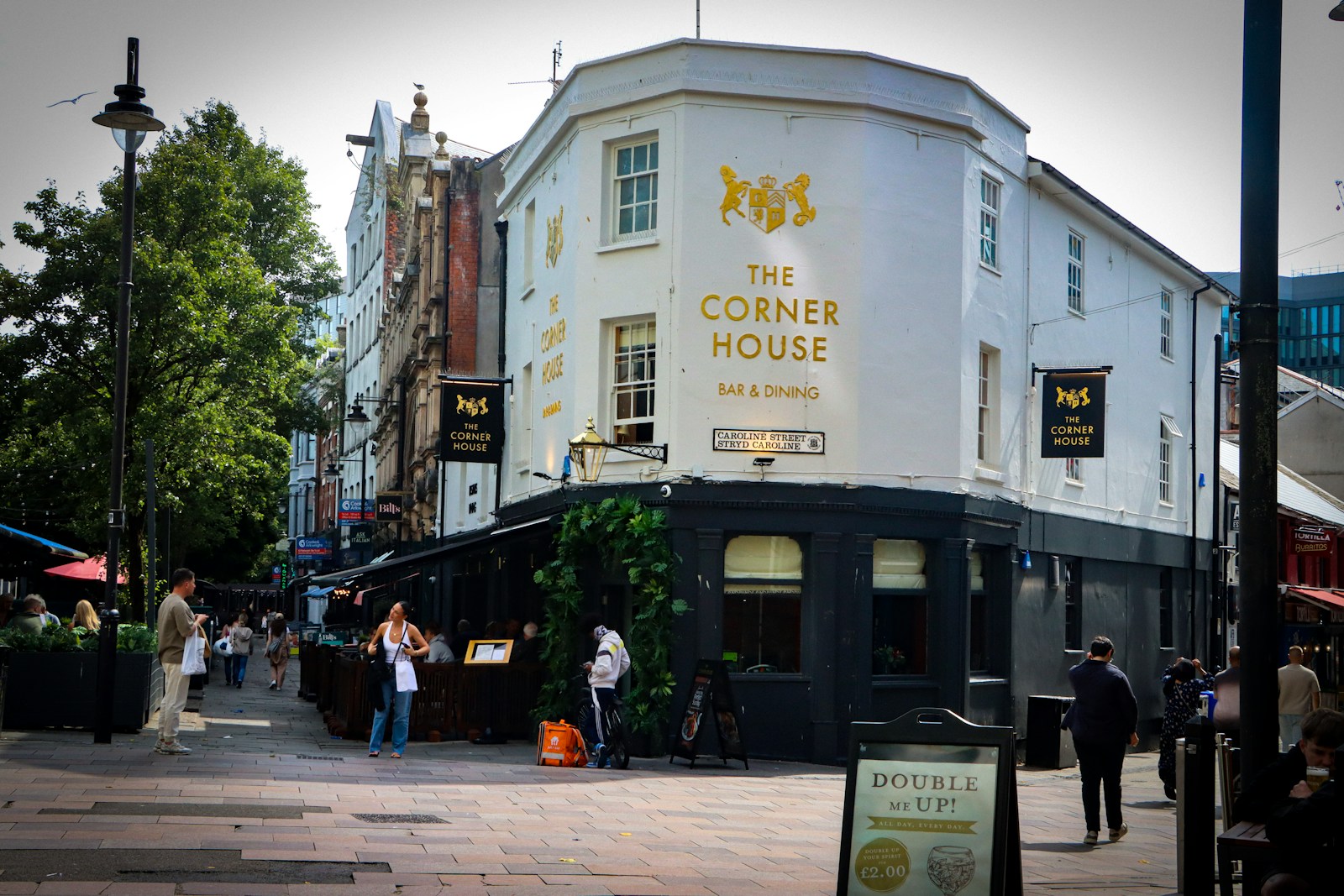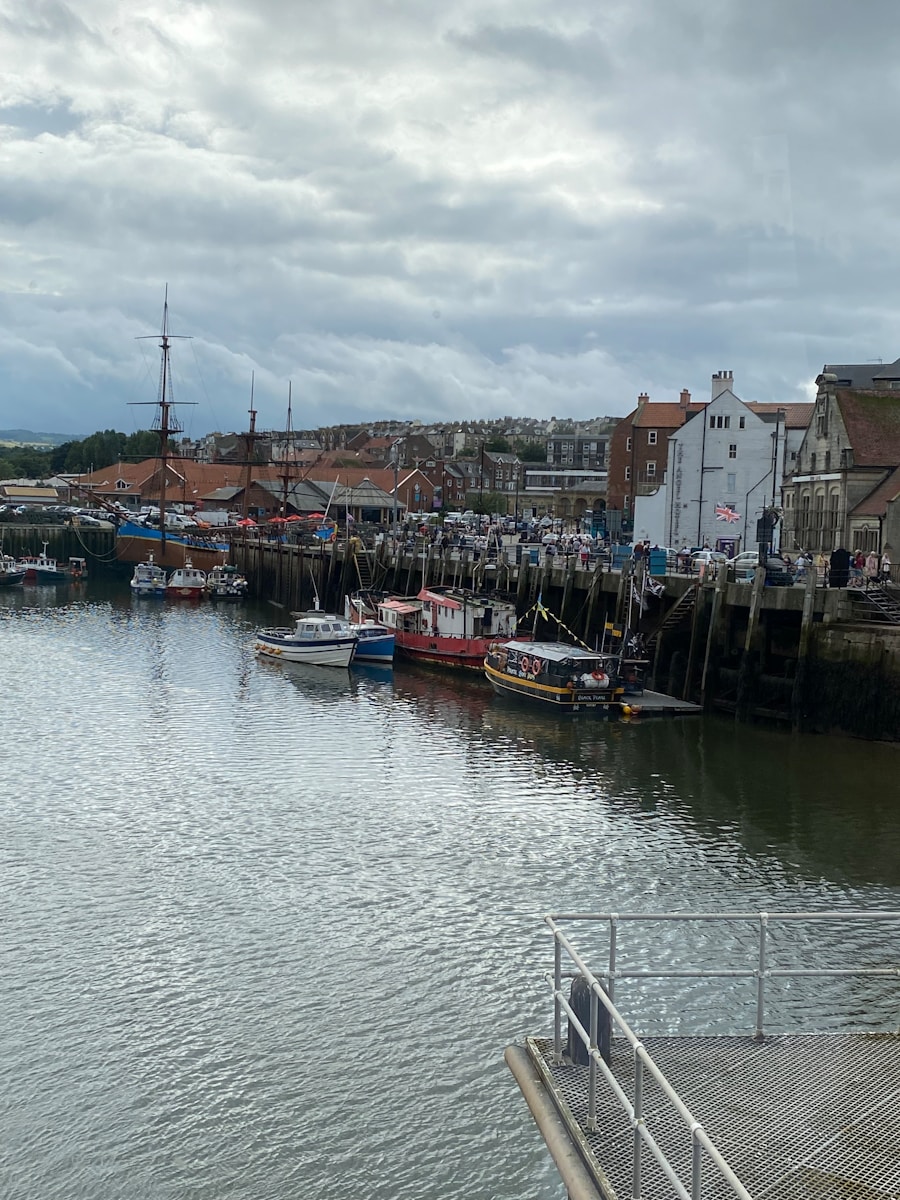
A Toast to Literary Pubs
In the heart of England, where picturesque streets are lined with cobblestones and history is woven into the very fabric of the buildings, some pubs have stories that stretch back centuries. These establishments not only serve up pints of ale and hearty meals but also offer a cozy refuge where some of the most iconic literary figures found their inspiration. From the quaint corners where Charles Dickens scribbled his notes to the raucous gatherings that fueled the imaginations of the Bloomsbury Group, these literary pubs are more than just a spot for a drink; they are a celebration of creativity, camaraderie, and the written word.
The Pub as a Creative Hub
The British pub has long been a gathering place, an informal salon where ideas can be exchanged over a pint. Authors have always been drawn to these establishments, finding in their dimly lit corners a haven from the world outside, a place where stories could flow as freely as the ale. Whether they were seeking solace, a spark of inspiration, or simply a space to socialize with fellow writers, these pubs served as a backdrop to some incredible literary history.
The atmosphere of a pub—filled with laughter, conversation, and the occasional spirited debate—fosters creativity. Writers have often found that the buzz of a lively environment can ignite the imagination. The clinking of glasses, the warmth of a fire, and the smell of hearty food all combine to create a unique ambiance that can transform an ordinary writing session into a delightful experience.
The George Inn
Nestled in the Southwark area of London, The George Inn is one of the few remaining galleried coaching inns in the city. This pub has seen a plethora of famous faces over the years, but none more notable than Charles Dickens. The author of classics such as “Oliver Twist” and “A Christmas Carol” often frequented The George and even set parts of his novels in the very vicinity.
Walking through The George is like stepping back in time. The wooden beams, creaky floorboards, and the smell of wood smoke transport you to an era of horse-drawn carriages and gas lamps. You can almost hear the echoes of Dickensian characters discussing their trials and tribulations over a pint of stout. For fans of Dickens, a visit to The George is a pilgrimage of sorts—a chance to connect with the author’s world and perhaps feel a spark of inspiration of your own.
The Eagle and Child
Just down the road in Oxford, The Eagle and Child has earned its place in literary lore as the regular haunt of the Inklings, a group that included C.S. Lewis and J.R.R. Tolkien. This pub, affectionately known as “The Bird and Baby,” is where these literary giants would gather to discuss their works, often sharing manuscripts and critiquing each other’s writing.
Imagine sitting in one of the cozy alcoves, surrounded by the whispers of fantasy worlds and theological debates. It was here that Tolkien first read excerpts from “The Hobbit,” inviting his fellow Inklings to immerse themselves in Middle-earth. The atmosphere is warm and inviting, with wooden beams and an eclectic decor that feels like a step back into a more intellectual era. The Eagle and Child is not just a pub; it’s a locale steeped in the creation of some of the most beloved books of the 20th century.
The Fitzroy Tavern
In the heart of London’s Fitzrovia, The Fitzroy Tavern has long been a meeting place for writers, artists, and intellectuals. It has welcomed the likes of George Orwell, Dylan Thomas, and Virginia Woolf. The pub’s rich history is palpable, with every corner telling a story of creative minds that once gathered there.
One of the most appealing aspects of The Fitzroy Tavern is its lively atmosphere, complete with an ever-changing cast of characters. It’s a place where one can engage in spirited discussions about literature, politics, and art over a glass of ale. The pub’s walls are adorned with photographs and memorabilia, creating an environment that feels both nostalgic and current. It’s easy to imagine Orwell pondering over a pint, contemplating the societal challenges of his time while penning “1984.”
The Old Bell Tavern
Another gem in London’s literary history is The Old Bell Tavern, located in Fleet Street. This pub has played host to numerous writers, including Samuel Johnson, one of the most influential figures in English literature. Johnson was known to frequent the pub, where he would engage with fellow writers and thinkers of the day.
The Old Bell Tavern boasts a rich selection of ales and a traditional English menu, making it a perfect spot for a hearty meal. The pub’s old-world charm is complemented by its rich literary associations, creating an ambiance that invites patrons to linger a little longer. Imagine sitting in a snug corner, surrounded by the ghosts of literary legends, sipping on a refreshing pint while discussing the intricacies of Johnson’s work and his impact on the English language.
The Lamb and Flag
In the bohemian district of Covent Garden, The Lamb and Flag claims its place in literary history as a favorite of John Dryden and, more famously, Charles Dickens. Known for its vibrant atmosphere and hearty fare, this pub is steeped in character and charm. Dickens even referred to The Lamb and Flag in “The Pickwick Papers,” forever cementing its place in literary lore.
The pub’s rich history is reflected in its decor, with wooden beams, vintage photographs, and a warm, inviting atmosphere. It’s the kind of place that encourages conversations to flow—about literature, art, and life itself. As you sip on your drink, you can’t help but feel a connection to the authors who once shared these very tables, brainstorming their next masterpieces.
The Role of Literary Pubs Today
While many of these pubs have been around for centuries, they continue to attract writers, readers, and lovers of literature today. With the rise of social media and digital platforms, the essence of camaraderie and shared inspiration that these pubs foster remains just as relevant. They provide a space for modern authors to gather, share ideas, and find the support of a creative community.
Many literary events are hosted in these venues, from poetry readings to book launches, enabling a new generation of writers to find their voices. The charm of these settings creates an enticing backdrop for storytelling and creative expression, keeping the spirit of literary pubs alive and thriving.
Conclusion
Visiting literary pubs offers more than just a taste of history; it’s an opportunity to walk in the footsteps of great minds and experience the ambiance that fueled their creativity. These establishments are not simply places to drink; they are repositories of inspiration, where stories have been born and literary traditions have been fostered.
So, whether you’re an aspiring author, an avid reader, or simply someone who enjoys the warmth of a good pub, seeking out these literary havens can be a delightful adventure. Raise a glass to the authors of the past, and perhaps, you’ll find your own spark of inspiration in the cozy corners of these historic establishments. Cheers!

